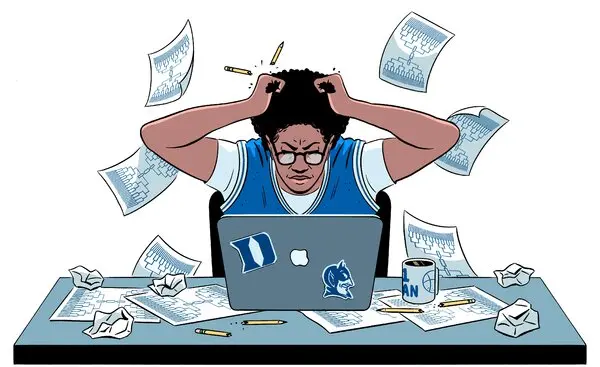
Hope springs eternal, especially in March. Like many firms, ours runs an informal NCAA basketball tournament pool for our employees. It is fun. This time of year, the NCAA Basketball Tournaments thrill fans and create so much interest that it is estimated one in four Americans fills out a bracket to predict who will win it all.
As a financial advisor, I can not help but see connections between college basketball’s March Madness and investing. While there are similarities between investing and filling out a bracket, the stakes are vastly different and require different approaches.
Filling a Bracket
Some folks really study the teams and make specific choices, round by round. Some just back their alma mater all the way. Many use the automatic picks built into the bracket software, with no or absolutely minimal alteration. The pre-populated brackets typically rely on historical winning records of top seeds.
Predictably, all of the brackets — selective and automatic — bust right away. That is to be expected in a game with such ridiculously long odds of being perfect. According to the NCAA, the odds of a perfect March Madness bracket are roughly 1 in 9.2 quintillion. Even the odds of picking the Final Four are not great. The NCAA estimates that just one in every 600,000 brackets submitted to their bracket challenge game picked the four finalists correctly.
Similar to investing, picking the winners is hard. In the stock market, most professional stock pickers do not beat the market in a typical year. Choosing one is like flipping a coin to pick who advances in your bracket. Every year, some money manager is going to have the best returns. Every year in each bracket pool, someone wins. But in both cases, it is unlikely they will continue to come out on top year after year.
The same principle applies to investing. Over the long haul, U.S. stocks have returned on average about 10% a year. And yet most investors trying to beat the market do worse.
Betting on the data
So what if you simply chose the top seeds year after year?
The NCAA itself studied this question and the answer was that you could outperform the average bracket by a strong margin — 30% better.
Automatically picking the strong seeds, which is an option in the software, is very much like investing using index funds. Successful investors worry less about picking winners and more about avoiding losers. Managing risk is the central activity here.
Picking the higher-ranked teams means better odds of choosing winners. A perfect bracket? No, but certainly a consistently positive outcome. If you follow that same strategy year after year with the same pool, you will probably rise to the top, outperforming all the other “pickers” over time.
Avoiding Upsets
When you are picking brackets, sometimes the only way to be the “big winner” is to take big risks on underdogs. That can be a fun and exciting way to play, as long as the stakes are low.
With investing, taking unnecessary risks can lead to big losses. It is better to take a measured and disciplined approach with the goal of pursuing higher expected returns while reducing risk. That means avoiding the temptation of trying to pick unexpected winners or underdogs. You might have picked Farleigh Dickinson to beat Purdue in 2023, but if you picked every No. 16 seed to beat a No. 1 seed, you would be 2-150 in the past 38 years. That is not a record you want in the market.
Trying Again Next Year
With the NCAA, there is a new bracket to fill out every year. A bad outcome one year does not impact your bracket the next year. In the case of investments, it is much better to have reliably good outcomes over time. Basketball starts over. The money you put into an investment stays there and compounds, year after year.
Winning builds on winning. Imagine if last year’s Final Four teams got to start the next season with a 20-point lead in every round. That is what staying invested can do for you. What is a well-constructed stock index fund if not a collection of “high seed” companies. The S&P 500, for instance, tracks the largest U.S. corporate names weighted by market cap.
Focusing on your emotions, keeping costs down, and sticking with winners — that is how great investors succeed, despite inevitable busted brackets along the way.





